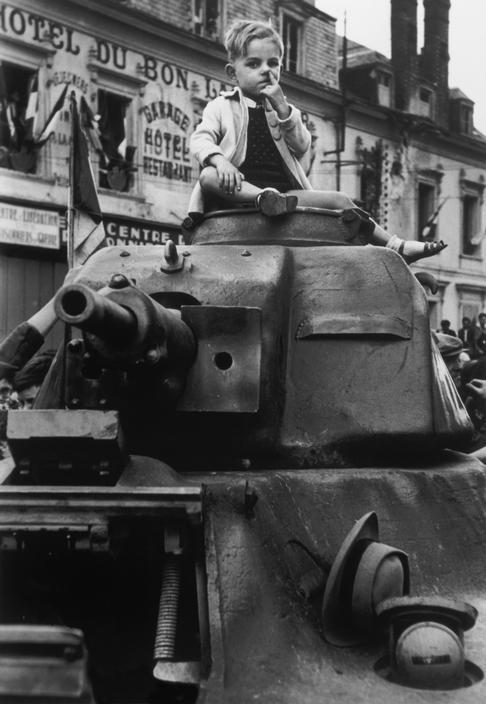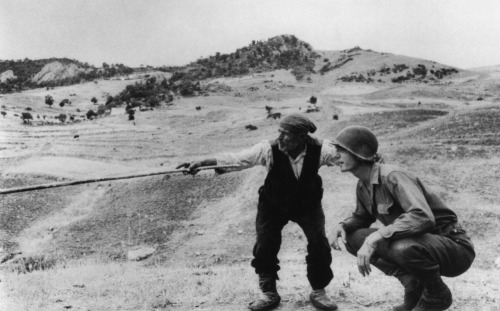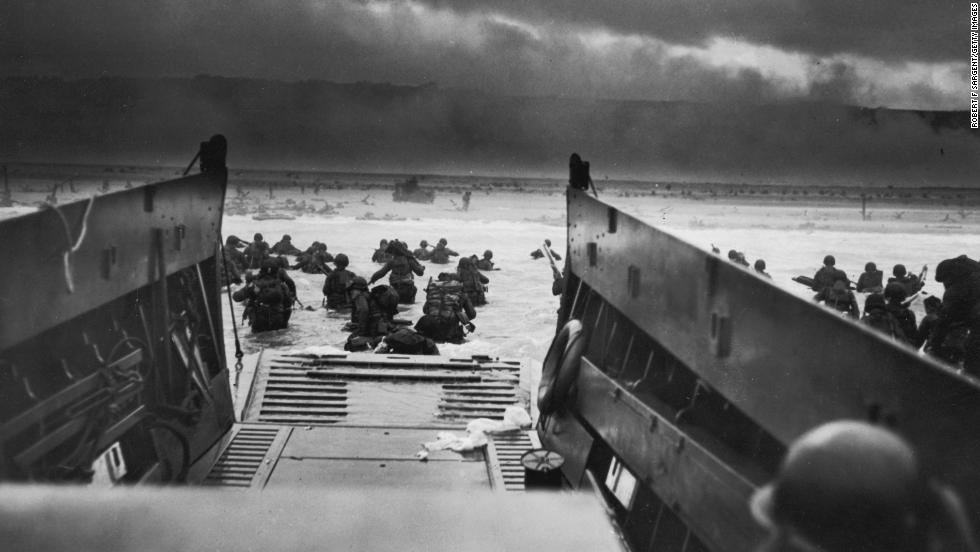"The desire for any war photographer is to be put out of business."
(Robert Capa)
(Robert Capa)

Robert Capa courtesy www.warchronicle.com.
Andre Friedmann was born in Austria-Hungary in 1913 to Jewish parents. Capa fled political repression in Hungary as a teenager and settled in Berlin. He always wanted to be a writer, but with the invention of the 35 mm camera, he seized the opportunity to become a photographer when it presented itself. Combining his love for writing and his eye for photography, he embraced the relatively new occupation of photojournalist, specializing in war photography. In 1933, with the rise of Hitler and the persecution of Jews, Friedmann fled Germany to France. He changed his name to the more Christian sounding Robert Capa to avoid religious discrimination common in France at the time, ensuring that he was not turned down for jobs. While visiting his mother and brother who had fled to New York City in 1937, Capa signed a contract with Life magazine as a war photographer. He covered five conflicts: the Spanish Civil War, the second Sino-Japanese War, World War II, the 1948 Arab Israeli War and the First Indochina War. Capa was always where the action was: at the American invasion of Sicily in 1943: at Omaha Beach on D-Day 1944; and at the site of the last fatality of the Second World War's European Theatre in 1945. General Dwight D. Eisenhower awarded Capa the Medal of Freedom in 1947 for his contribution to the war effort. Robert Capa was killed by a landmine while covering the Indochina War in 1954. Here are some of his haunting photographs from World War II.
1. D-Day Landings (1944)

www.blogspot.com
2. Chartres, 1944

liekewoermans.com
3. Boy on Tank, Chartres, 1944

tumblr.com
4. Allied Entry Into Paris
5. Sicilian Peasant

tumblr.com
6. Frenchman Crying

www.ralphmag.org
7. London Bombed

blogspot.com
8. Nazi Train (1938)

blogspot.com
9. D-Day
10. Last Man to Die, Leipzig, Germany, 1945
.



No comments:
Post a Comment